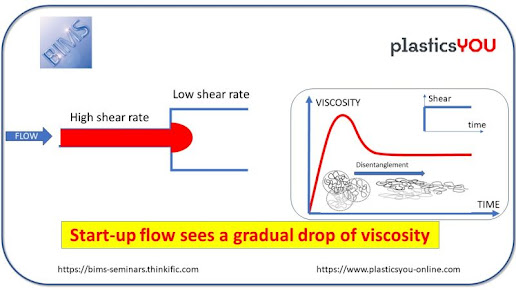3M Unveils Weight Reducing 3M™ Glass Bubbles iM16K Grades Applicable for PP & PA Systems
3M is introducing the newest member of its high-strength hollow glass bubbles product line that will change the way the industry uses lightweight fillers. This new product will enable customers to do more with their resin systems. 3M™ Glass Bubbles iM16K are a high-strength injection molding grade for polypropylene and polyamide systems. They enable manufacturers to produce optimized resin formulations for lower-density filled plastics - without compromising strength or other physical properties.
Now, manufacturers can do more beyond reducing weight. With a density of just 0.46 g/cc, resin systems optimized with iM16K can reduce weight by 15 percent or more in polypropylene-filled systems, and 18 percent or more in nylon glass fiber systems, while maintaining optimized physical properties. Manufacturers can see productivity gains when using resin systems filled with high strength glass bubbles, such as iM16K. Because iM16K is hollow, like all 3M glass bubbles, there is less finished part mass to cool, which may reduce cycle times by 15 to 25 percent, depending on the resin system. iM16K is specially engineered to survive injection molding and compounding processes and features crush strength of >16,000 psi. Incorporating glass bubbles into processes improves dimensional stability, which translates to less shrinkage and warpage - thereby reducing reject parts and reprocessing.
Today, businesses in every industrial sector understand the need to "do more" to reduce their carbon footprint and improve the sustainability of their products throughout their life cycles. For industrial consumers of plastic parts - particularly those in the transportation market - the benefits of lightweighting have an obvious impact.
Case in point: REHAU, a global polymer processing firm, has been developing a low density PPSU material called "RAU-Flight," made with 3M glass bubbles for use in a variety of interior aircraft cabin components. According to Bernd Kupferer, business unit manager, Industrial Solutions at REHAU, this new material could contribute to significant fuel savings for aircraft operators.
"We have determined that a single handrail system for an Airbus A320, made with these new RAU-Flight materials, would reduce weight by more than 5kg per aircraft, resulting in a savings of about 1000 liters of fuel per year," states Kupferer. "If you extend this to a fleet of 150 aircraft, over a 15-year operating life, the total fuel savings would be about 2.25 million liters of jet fuel. That not only saves money for the airline, but is also a significant reduction in carbon emissions."
3M glass bubbles build on 3M's legacy of innovation and are based on 3M's Ceramics, Coatings and Advanced Materials Technology Platforms.


Comments
Post a Comment